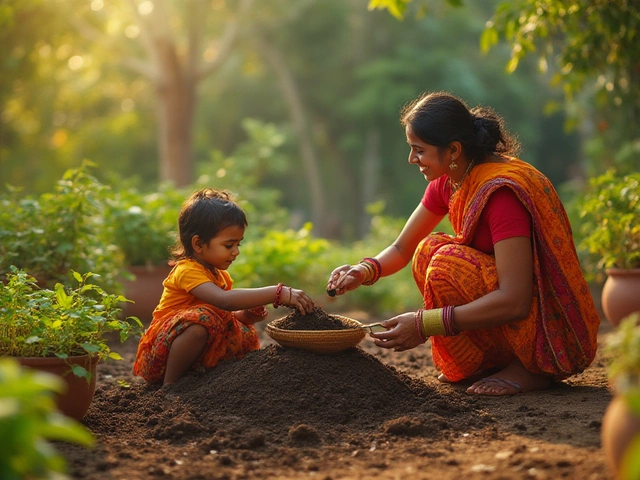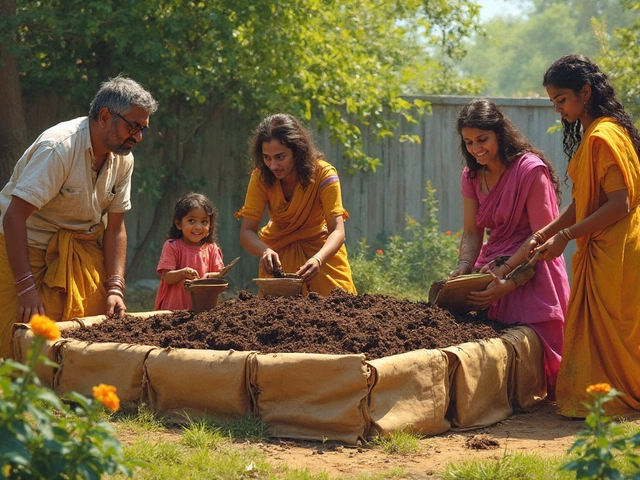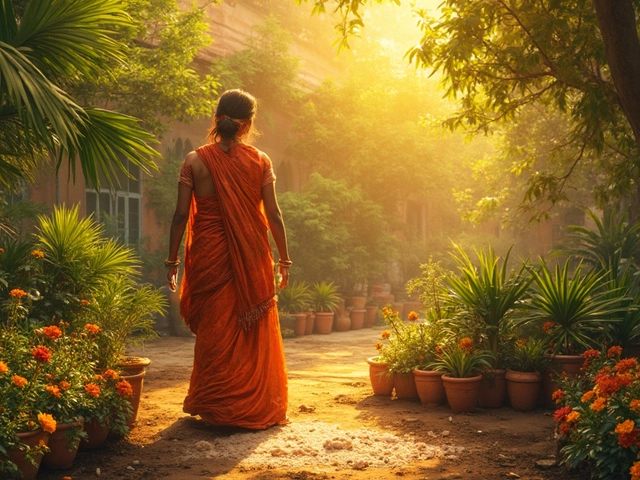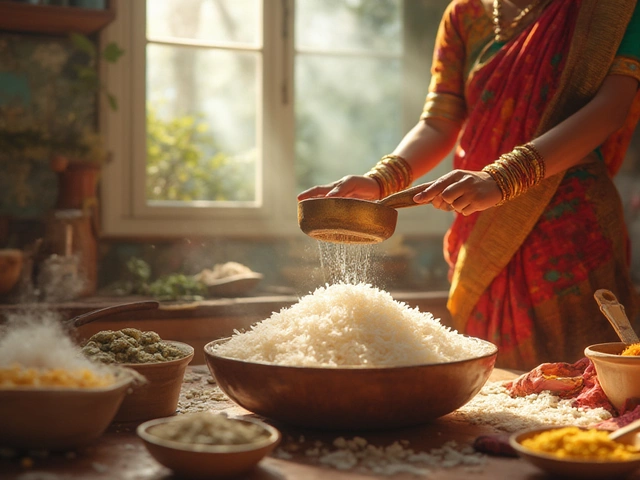Bamboo Gardening: Easy Steps to Grow Strong Bamboo in India
Thinking about adding a fast‑growing, versatile plant to your garden? Bamboo fits the bill. It provides privacy, shelter, and a striking green backdrop, and it thrives in many Indian climates when you give it the right start. Below are the most practical tips to get bamboo sprouting quickly and staying healthy.
Choosing the Right Bamboo Species
India hosts both tropical clumping bamboo (like Dendrocalamus strictus) and temperate running varieties. If you have limited space, pick a clumping type – it expands outward slowly and won’t invade neighboring beds. For larger plots, a running bamboo such as Bambusa balcooa can create a dense screen fast, but you’ll need a rhizome barrier to keep it in check. Check your zone: tropical regions (Karnataka, Tamil Nadu) handle most species, while cooler hill areas (Himachal, Uttarakhand) favor temperate clumps.
Basic Care: Soil, Water, and Pruning
Good soil is the foundation. Bamboo loves loamy, well‑draining ground with a pH of 5.5–6.5. Mix garden compost or well‑rotted manure into the planting hole to boost nutrients. After planting, water generously – keep the soil moist for the first month, then settle into a regular schedule of 1 inch per week during the growing season. Mulching with straw or dried leaves conserves moisture and suppresses weeds.
Pruning keeps bamboo tidy and encourages new shoots. In early spring, cut back dead culms at ground level. During summer, thin out overly crowded shoots to improve air flow and reduce disease risk. Remember, you only need to harvest a few mature culms each year for construction or craft; the plant will keep producing new growth.
If you opted for a running bamboo, install a rhizome barrier made of high‑density polyethylene at least 2 feet deep around the planting area. This prevents underground runners from escaping and turning your garden into a wild thicket.
Fertilizing is simple. Apply a balanced N‑PK fertilizer (10‑10‑10) at a rate of 1 lb per 100 sq ft in early summer, then repeat in autumn. Too much nitrogen can cause weak, leafy shoots, so stick to the recommended amount.
Watch for pests and diseases. Bamboo is generally hardy, but aphids, bamboo mites, and bacterial leaf spots can appear. A quick spray of neem oil solves most insect problems, while good air circulation and proper watering stop fungal issues.
Harvesting bamboo for use in furniture or fences is best done in the dry season, when culms have hardened. Cut culms at ground level, remove leaves, and let them dry for a few weeks before processing. This prevents cracking and ensures the material stays strong.
By picking the right species, preparing soil, watering wisely, and pruning regularly, you’ll have a thriving bamboo stand that adds shade, privacy, and a touch of the exotic to any Indian garden. Ready to give it a try?
Most Sustainable Plant in the World: A Real Game-Changer for Your Garden
If you want to make your garden eco-friendly, picking the most sustainable plant matters a lot. This article takes a close look at bamboo, which outshines other plants when it comes to growth speed, carbon capture, and versatility. You'll get practical tips on how to add bamboo to your garden without headaches. Find out why bamboo could be the perfect fit for anyone aiming for more sustainable gardening.
About
Sustainable Gardening
Latest Posts


How to Fill a Raised Garden Bed Cheaply: Soil Hacks That Save Big
By Alden Thorne Apr 27, 2025

Can I Just Put Perlite on Top of Soil? Here's What You Need to Know
By Alden Thorne Mar 11, 2025

Best Ground Cover for Hillside Erosion Control
By Alden Thorne Feb 13, 2025

